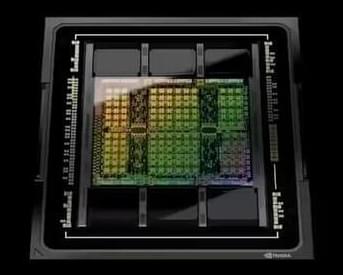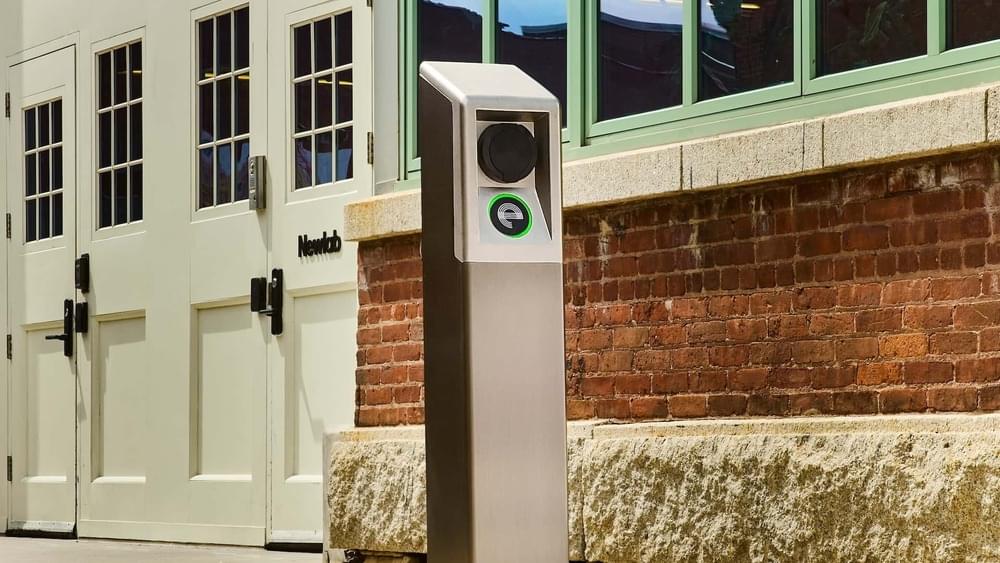People often think of leprosy as a bygone disease, relevant primarily in biblical times. But in fact, it is still present in more than 120 countries, and the US is seeing an uptick in cases.




For the first time, Volkswagen announced it aims to start producing its most affordable ID.1 electric car, starting at 20,000 euros ($21,700), in 2027. The $20K Volkswagen ID.1 will offer “affordable electric mobility for everyone,” VW brand leader Thomas Shafer said Thursday.
“The working title is ID.1 and the vehicle is planned for 2027,” Shafer confirmed during VW’s annual press conference Thursday.
Work on the ID.1 is already well underway. Shafer said, “We’re already in the middle of it, we know what the car should look like.” However, the biggest challenge will be deciding where to build it.




BYD is launching another lower-priced electric model. The Chinese automaker introduced the new BYD e2 Honor Edition, starting under $13,000, in its latest move to steal market share from gas-powered cars.
After declaring a “liberation battle” earlier this year, BYD is launching an aggressive campaign aimed at taking market share from ICE vehicles.
BYD kicked off the campaign last month with the new Qin Plus EV, which starts at around $15,000 (109,800 yuan). The company claimed its new EV opened a “new era of electricity is lower than oil.”

Apple will soon add 12 new languages to the virtual keyboard on the Vision Pro, based on code discovered by MacRumors. Right now, the Apple Vision Pro keyboard only supports English (US) and Emoji, which makes sense as it is limited to the United States.
To bring the Vision Pro to new countries, Apple needs to add support for additional languages. The code indicates the following languages will be added:
Tesla’s Optimus is taking baby steps while OpenAI’s Figure 1 is doing burnouts on the track.
